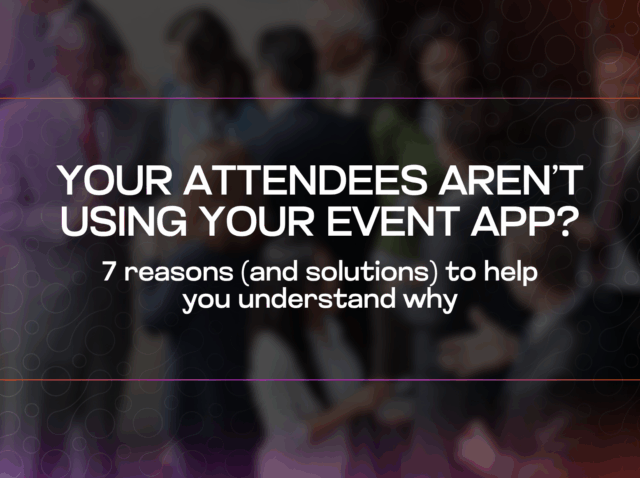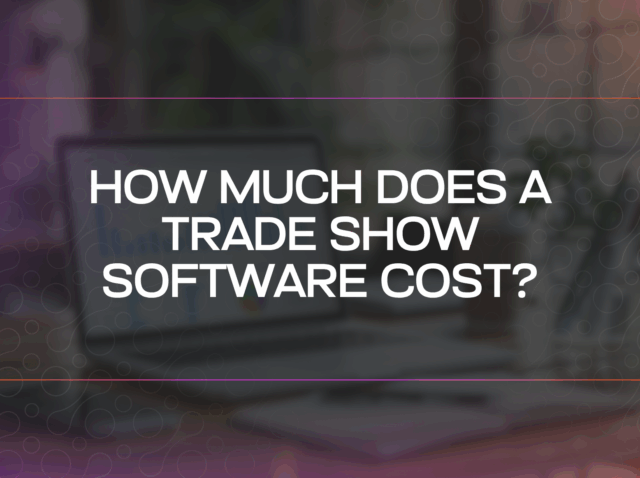The annual EVENTmb report, one of the most authoritative and reliable sources in the events industry, highlights a growing trend for 2022 that could soon dominate the sector: asynchronous events.
What Are Asynchronous Events?
Traditionally, we think of an event as a fixed-time experience—lasting a set period, starting and ending at specific hours. While this format has its advantages, it also has limitations. For example, if an event is not fully ready when promoted, there’s no way to adjust or reschedule it once advertising has begun.
Asynchronous events, however, shift this paradigm. Participants can choose their own path through the content.
- Live sessions can be scheduled at multiple times, tailored to different time zones of target audience segments, allowing content to be personalized for specific groups.
- Recorded content can be published on a calendar, giving participants the flexibility to join when it’s most convenient. Eventually, the event can evolve into fully on-demand content.
Benefits of Asynchronous Events
Traditional events are sometimes seen as “one-off” experiences, where feedback is gathered and applied months or even a year later.
Asynchronous events, by contrast, allow continuous improvement over a short period. Real-time—or near real-time—feedback from participants enables organizers to optimize and enhance the event quickly and efficiently.
For participants, asynchronous content adds significant value:
- Users who want to attend but have scheduling conflicts can choose from multiple time slots, ensuring they can participate.
- Attendees interested in overlapping events can access alternative sessions, eliminating scheduling conflicts and maximizing engagement.
Asynchronous Events and Big Data
Pre-recorded and replayable content also delivers richer data insights.
- Extended availability increases the audience reach compared to a fixed-time event.
- Collected data enables precise audience profiling, segmenting targets and analyzing real-time feedback.
- A personalized, interactive user experience fosters stronger community engagement and more meaningful insights.
Conclusion
Asynchronous events are not just a temporary trend—they represent a shift in how organizers engage with participants and collect actionable data. With the growing demand for flexibility and personalized experiences, asynchronous contentis set to redefine the future of events.
What’s your perspective on asynchronous events? Are you ready to embrace this trend for your next event?







